Banana is a perennial herb, native to South East Asia. It is the fifth largest agricultural commodity in world trade after cereals, sugar, coffee and cocoa. Ecuador, Brazil, China, India are the leading producers of banana in the world. USA, Belgium, Germany and United Kingdom are the major importers of banana. Some of the top banana producing states of India are Tamil Nadu, Maharashtra, Andhra Pradesh and Karnataka.
Climate and Soil
Banana is a year round crop with temperature requirement of 25oC – 30oC. Deep well drained soils with pH 5.5-7.5 are preferred for banana cultivation. Sandy loam and black loamy soils are the most suited for cultivation.
Land Preparation
Land preparation starts with ploughing (2 times) followed by harrowing (3 times). It is followed by levelling using tractor. Ridges, furrows are made and pits (30cm x 30cm x 30cm) dug up. FYM is filled into pits and irrigated.
Varieties
Some of the varieties used for organic cultivation include Dwarf Cavendish. Grand Naine, Basrai and Sreemanthi. Njalipoovan, Palayankodan, Robusta, BRS-1 and BRS-2 are suited for intercropping with coconut. Dudhsagar is highly resistant to major pests and diseases. Manjeri Nendran 2, BRS-1, BRS-2 are some of the varieties less susceptible to sigatoka spot disease.
Planting Material
The planting material for banana are suckers and rhizomes. Healthy sword suckers of 3-4 months age should be selected from diseases free clumps. Hot water treatment of the rhizomes is recommended to prevent any nematode infestation.
Planting and Infilling
Planting of banana should not be done in the rainy season. Before planting, planting material treatment in a solution of 250 g ghee + 0.500 g honey + 15 kg cow dung or dip in Pseudomonas fluorescens (2%) solution for 30 minutes before planting is considered beneficial. The spacing adopted depends on the variety and area of cultivation. The general spacing adopted is 1.5m x 1.5m and 1.5m x 1.8m. A population of 4400 plants could be accommodated with the spacing of 1.5m x 1.8.
Intercropping
Banana is generally intercropped with onion, soybean, and cowpea. Along with suppressing weed growth, these intercrops also act as an additional source of income for the farmers. Other profitable intercrops include Amaranth, yam and colocasia. .
Manuring
A basal dose of FYM (15 t/ha) is to be applied during land preparation. A schedule of 5 kg FYM + 20g Trichoderma + 30-50 ml humus per plant for the first year and 10 kg FYM per plant for the 2nd and 3rd year, can be opted. The spraying of jeevamrut is also a good practice. Foliar spraying of panchakavya 3% at 3rd, 6th and 9th month after planting is recommended.
Green Manure
Green manure crops sunhemp, diancha, cowpea can be sown after planting of banana, at the rate of 50kg/ha. The crops should be cut and incorporated into the soil after 40 days of sowing. This can be again repeated.
Irrigation
The plants should be irrigated after planting. An irrigation schedule of 40 weekly irrigations is necessary. Since inadequate irrigation leads to delayed flowering, irregular bunch size, delayed maturity, reduced finger and reduced quality of the fruits, monitoring of moisture level is necessary. Once in three days irrigation schedule will have to be planned in case of increase in temperature. Water stagnation should be prevented with good drainage system. This will help reduce any pest and disease incidence by damping.
Intercultural Activities
Mulching should be practiced immediately after planting of banana. It not only conserves moisture but also help in weed control. Propping/supporting of the fruit bearing plants need to be done using bamboo or wooden poles. Desuckering every 20 days is to be practiced to prevent competition for nutrients among the suckers. This has to be continued toll flowering stage of the crop. Once formed, the branches have to be wrapped up, to get bruise free and uniform fingers.
We have a book with detailed information on this plant and for more info, please click here…
Both kindle eBook version and Paperback version of this book is available at all Amazon stores. For more info, click here…
Pest Management
Banana pseudostem weevil (Odoiporus longicollis)
- Field sanitation
- Burning up of infected plants
- Pseudostem of harvested plants should be destroyed
- Remove loose sheaths of pseudostem and swab mud slurry + neem oil emulsion (3%) on it
- Trap weevils in split pseudostem trap, collect and destroy daily
Banana rhizome weevil (Cosmopolites sordidus)
- Selection of disease free planting material
- Deep ploughing and exposure of soil to sunlight
- Hand removal of eggs and young ones of weevil
- Trap weevils in split pseudostem trap, collect and destroy daily
- Set up pheromone traps with Cosmolure/ Cosmolure+ and change the pheromone sachets every 45 days
- Application of crushed need seeds (1kg/plant) to the pit
Nematodes
Root knot nematode (Meloidogyne incognita), burrowing nematode (Rasopholus sp.), root lesion nematode (Pratylenchus coffeae), cyst nematode (Heterodera oryzocola)
- Hot water treatment of rhizomes
- Neem cake application (1kg/plant) during planting
- Intercropping with marigold and sunhemp
Aphid (Pentalonia nigronrevosa)
Use of bio-control agent Verticillium lecanii (1 x 107 spores/ml)
Disease Management
Sigatoka leaf spot (Mycosphaerella sp.)
- Burning of affected plants
- Restricted spraying of Bordeaux mixture (1%)
- Use of bio-agents like Pseudomonas fluorescens (20g/liter) or Bacillus subtilis (5g/liter)
- Use of resistance varieties like Dudhsagar or BRS-1.
Panama wilt (Fusarium oxysporum f.sp.cubense)
- Removal and burning of affected clumps
- Lime application (500 g/pit)
- Neem cake application (1 kg/pit)
- Treatment of planting material in 2% Pseudomonas before planting
- Use of resistant/ less susceptible varieties like Nendran, Robusta
Bunchy top disease
- Use of disease free suckers
- Phyto-sanitation
- Neem based insecticidal spray
- Use of bio-control agent Verticillium lecanii (1 x 107 spores/ml)
- Use of tolerant varieties like Njalipoovan, Karpooravally
Harvesting
Banana takes nearly 12 months for reaching maturity for harvest. The first ratoon crop would be available for harvest with 10 months of the main crop harvest and the second ratoon at 8 months of first ratoon harvest.
Yield
Average yield is about 70 t/ha by the 3rd year of cultivation.
We regularly publish informative videos on various “Food, Agriculture, Gardening and Horticulture” topics. You may view these videos here…
You may also check out our Digital Publishing Services for Food, Agriculture, Gardening and Horticulture Sector by visiting this link


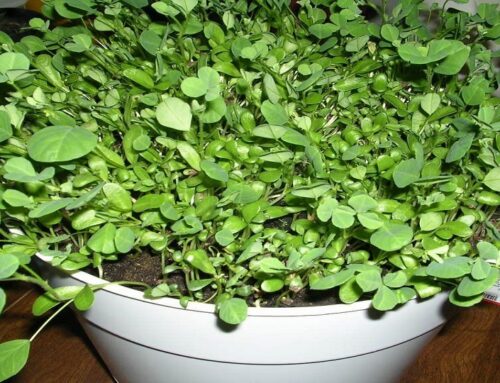
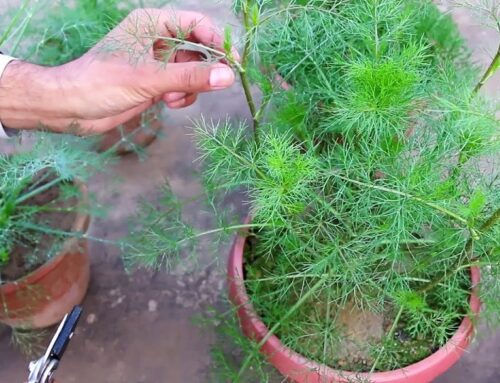
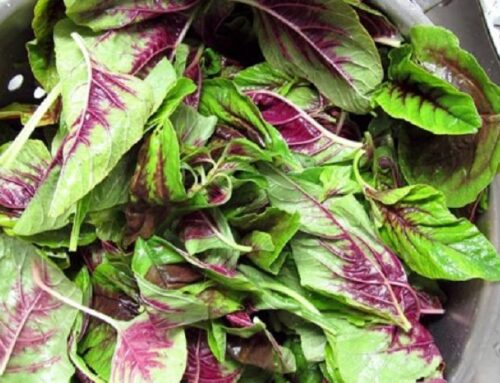
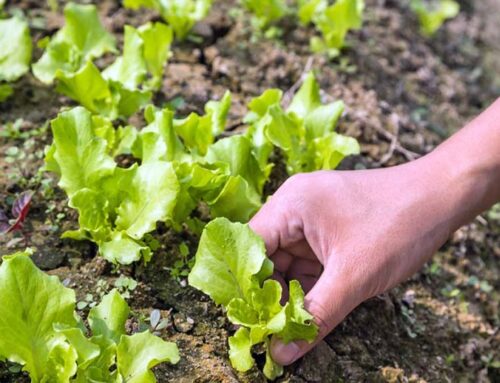
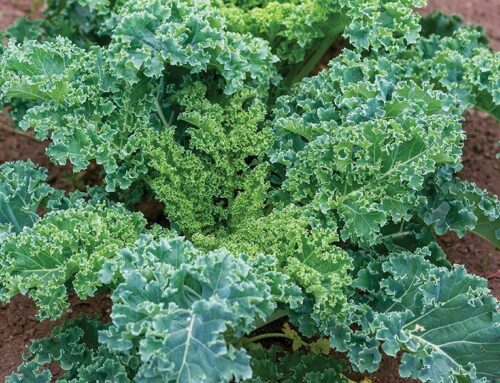
Leave A Comment
You must be logged in to post a comment.